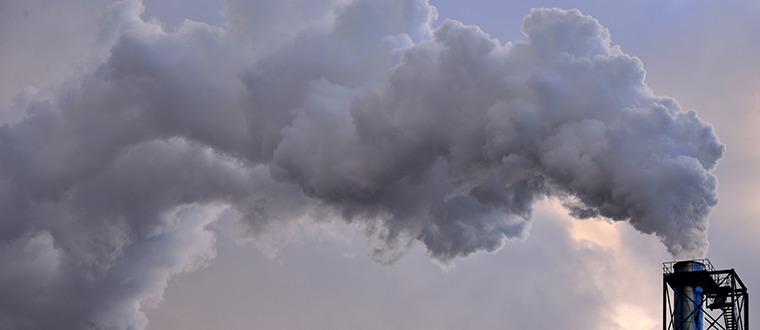Pollution: The Push Towards Biofuels

Modern biofuel has existed in one form or another for over a century since Rudolf Diesel and Henry Ford built working prototypes of engines run on peanut and corn oils respectively. Of course, soon petroleum entered the scene and biofuel research was virtually untouched until the 1970s when the Environmental Protection Agency (EPA) in the United States was given expanded authority to monitor pollution via the Clean Air Act. Combined with contemporary turmoil in the Middle Eastern oil reserves, this was the first step towards society’s modern infatuation with renewable energies and a sustainable relationship with the environment.
The Clean Air Act has been amended over the years to include provisions for mobile dump spots, acid rain, and ozone depletion among other factors, but since its research driven initiation in the early 1960s has helped shed light on previously unchecked effects that industrialization had had on a number of environmental areas. It wasn’t until a series of amendments throughout the 1970s that the EPA was allowed to actually influence and mandate proper procedures for businesses to follow in an effort to clean up their act, so to speak. Another major revision added in 1990 involved dealing with the rapidly increasing number of automobiles being used across the country.
Among recommending reformulated gasoline and other low-sulfur fuels, renewable alternatives made from biomass materials are one of the EPA’s strongest points in reducing health and wellness problems arising from rampant pollution. These fuels, deemed “biofuel,” can be made from waste products, woods and grasses, vegetable cooking oils, and, most notably, corn. Ethanol, the main biofuel comprised of corn, is synonymous with the grain alcohol used as a recreational drug and requires little adaptation to be used in an engine. Currently, Brazil is one the world’s leading users of the corn-based fuel, selling gasoline that is at least 25% ethanol, and this biofuel can also be used to fuel rocket-powered racing planes. Flexibility is one of the reasons ethanol is an emerging leader in biofuel research and production. Even still, there are those who denounce its perfection.
A popular argument against the use of ethanol is that it will drive up food prices in an economy relying heavily on corn-based products not only on a consumer level but also as feed for a plethora of farm animals and livestock. While a complete shortage of corn is unlikely, by reserving more agricultural land for the harvesting of the specific strain of corn used in animal feed and fuel production, there is less ideal space available to grow the strains of corn more popular in the food industry. However, the majority of costs associated with producing, for example, a box of corn flakes are wrapped up in processing, packaging, and transportation. Doubling the cost of ingredients may increase retail price by 5% but reducing just the cost of energy used in creating and moving the product could drop retail prices by 10 to 20%.
Furthermore, one of the most important and least understood differences between burning biofuel and burning traditional fossil fuels is the distinction between making use of the natural cycle of releasing captured carbon and allowing previously buried and sealed carbons to enter the atmosphere incessantly. When biofuel is burnt, carbon dioxide that was used by a plant to combine with oxygen and form matter is released back into the atmosphere in much the same quantities as it was extracted, creating a “carbon neutral” result that has little impact on the state of air on Earth. On the other hand, when fossil fuels are burnt, carbon dioxide that was trapped and kept underground for millennia is reintroduced to the atmospheric environment. Over the course of a few decades using these fuels at such a rate, humans have successfully altered the composition of the air we breathe in a negative way by freeing these toxins and gases from underground. While there are numerous perspectives and accounts regarding global warming, it can be assured that the copious use of fossil fuels is, in some ways, changing the environment in major ways.
As technology leads society towards the future, new methods of producing biofuels spring up regularly. From reusing waste materials to making better use of by-products to repurposing existing materials, the parasitic hold traditional gasoline has over humanity is beginning to diminish. Despite corporate interest in maintaining the status quo, scientific advancement is constantly pushing the envelope towards more responsible industrialization and efficiency regardless of common myths and misconceptions about biofuels.














